The occupational therapist and professor at the University of Burgos, Olalla Saiz, proposes, together with several of her students, a cognitive intervention program for people with Williams syndrome.
What is Williams syndrome?
Williams syndrome is a neurodevelopmental disorder that originates from a lack of genetic components on chromosome 7. It is a rare genetic disease, since it affects 1 in every 7,500 newborns, according to Asociación Síndrome Williams España.
Characteristics of Williams syndrome
- Typical facial features:
- Star-shaped iris,
- narrowing of the forehead,
- fold at the inner palpebral commissure,
- short, upturned nose,
- prominent lips,
- relatively small chin,
- prominent, somewhat drooping cheeks,
- prominent periorbital region.
- Intellectual disability,
- Hypercalcemia (elevated blood calcium levels) in infancy
- 75% of cases present stenosis (abnormal narrowing) in some blood vessels.
Neurological and behavioral aspects
The main neurological and behavioral aspects of this disorder are
- Cognitive deficit (mild to moderate),
- impairment of executive functions (attention, working memory, planning, problem solving, cognitive flexibility, inhibition…),
- delay in maturational development from an early age (later acquisition of developmental milestones),
- friendly, enthusiastic, disinhibited, and gregarious personality,
- tendency to anxiety,
- sensory integration difficulties (visual, auditory, olfactory, tactile, gustatory, proprioceptive, and vestibular),
- school learning difficulties (in access to literacy, logical-mathematical concepts, visuospatial orientation, processing speed),
- attentional difficulty sometimes accompanied by a component of impulsivity and hyperactivity.
Cognitive intervention program for people with Williams syndrome
Objectives of cognitive intervention in children with ASD
The cognitive intervention program for people with Williams syndrome that we propose has the following main objectives:
- Improve visuospatial function,
- improve the function of sustained attention.
Structure of the intervention session
- There is a 45-minute session to work with a group of 6 users. We have 4 therapists assisting the session.
- The session begins by explaining that we will work with tablets and how they work.
- The purpose is for them to develop and work on sustained attention and visuospatial orientation through playful activities.
- The session is divided into 4 activities, the difficulty of which can be increased or decreased.
Schedule
Below, we explain the two ways in which the session can be approached and, individually, the best option will be chosen:
| Modality 1 | Modality 2 |
|---|---|
| 5 minutes of explanation | 5 minutes of explanation |
| 4 activities of 10 minutes each | 4 activities of 10 minutes each |
The main reason for making this division is that each activity has different levels so a user can progress through different stages. Or, if they do not enjoy the game or it becomes frustrating for them, they can rotate to another activity.
All the games are beneficial for the user so none is more important or takes priority over another.
The goal of the session is for the user to participate, enjoy themselves and work on the mentioned functions.
Cognitive stimulation activities for people with Williams syndrome
Below, we explain in detail the activities chosen to carry out the NeuronUP session:
1. The Neighbor’s Garden
What does it involve?
The first activity of the cognitive intervention program for people with Williams syndrome that we propose is The Neighbor’s Garden.
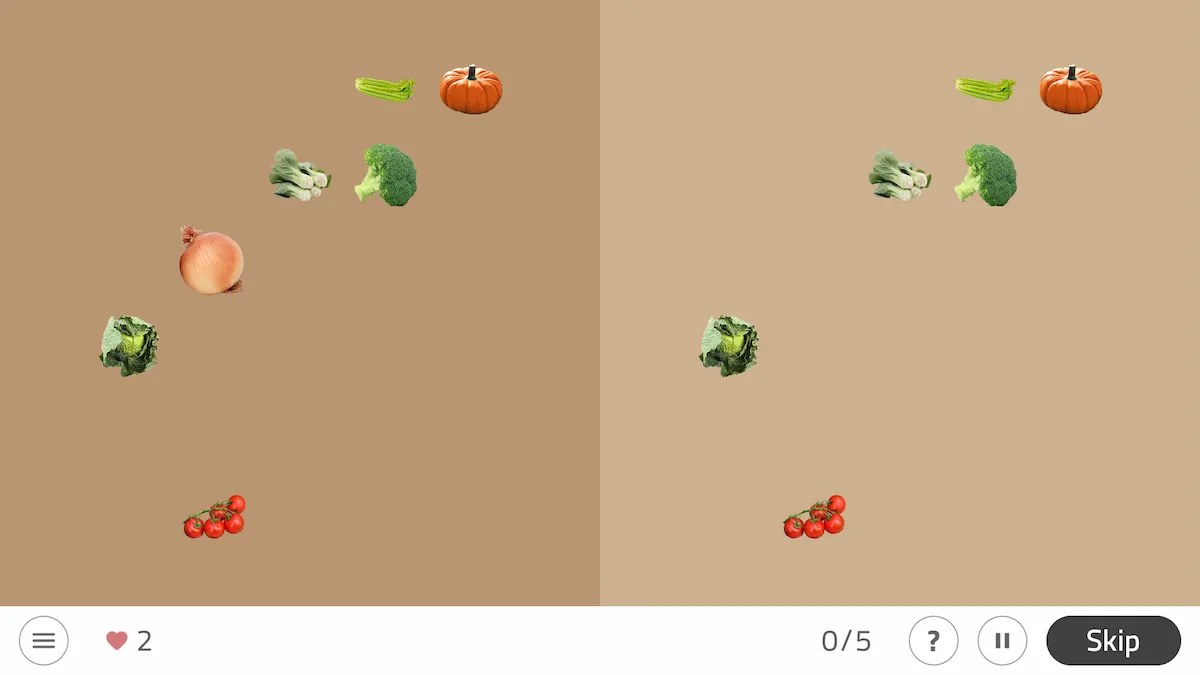
What does this activity target?
This activity works on spatial relationships.
Plays by levels
The game is divided into 12 phases. Phase 1 being the easiest and phase 12 the most difficult. The user will move up or down levels automatically according to their correct answers or mistakes, bearing in mind that they have three lives per phase.
2. Intertwined
What does it involve?
This activity consists of forming a geometric figure by moving its vertices so that none of its sides cross.
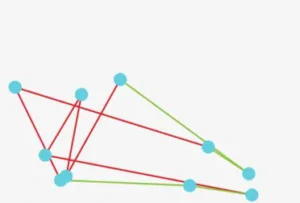
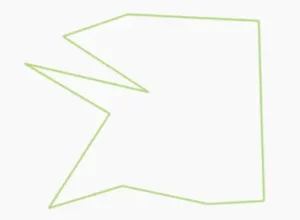

What does this activity target?
It is ideal for working on spatial visualization and planning.
Plays by levels
The game is divided into 9 phases. Phase 1 being the easiest and phase 9 the most difficult. The user will move up or down levels automatically according to their correct answers or mistakes.
3. Organize the Bookcase
What does it involve?
It consists of copying the position of the objects from the model. However, care must be taken when copying, because the bookcase is mirrored, so the model must be copied in reverse
On the right is the model and on the left the bookcase to be arranged. Would your user be able to do it?
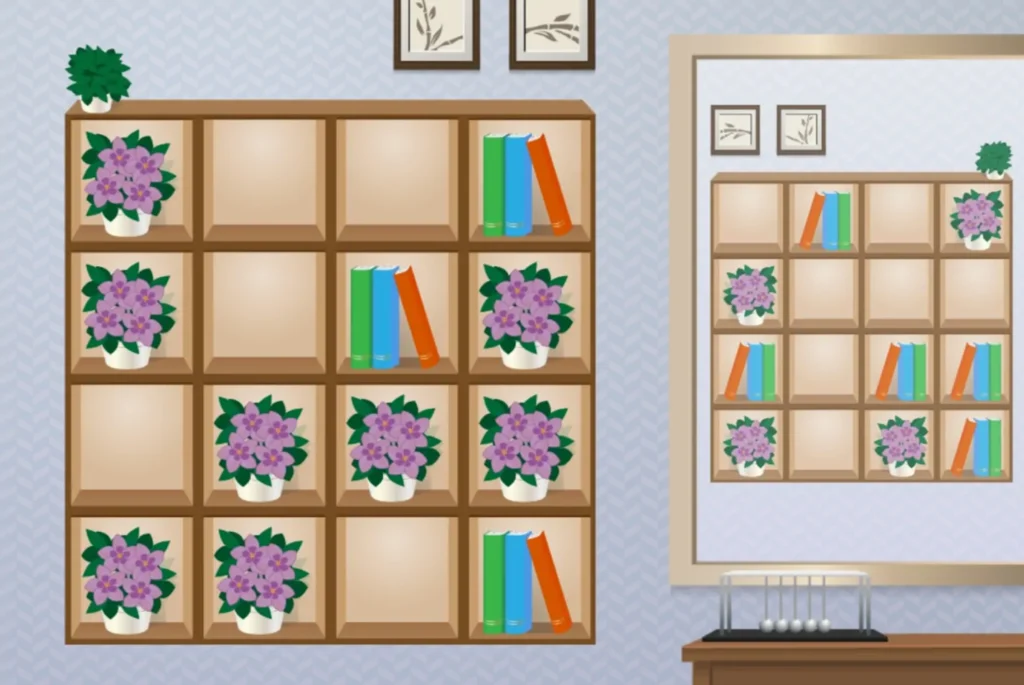
This is how it should look:
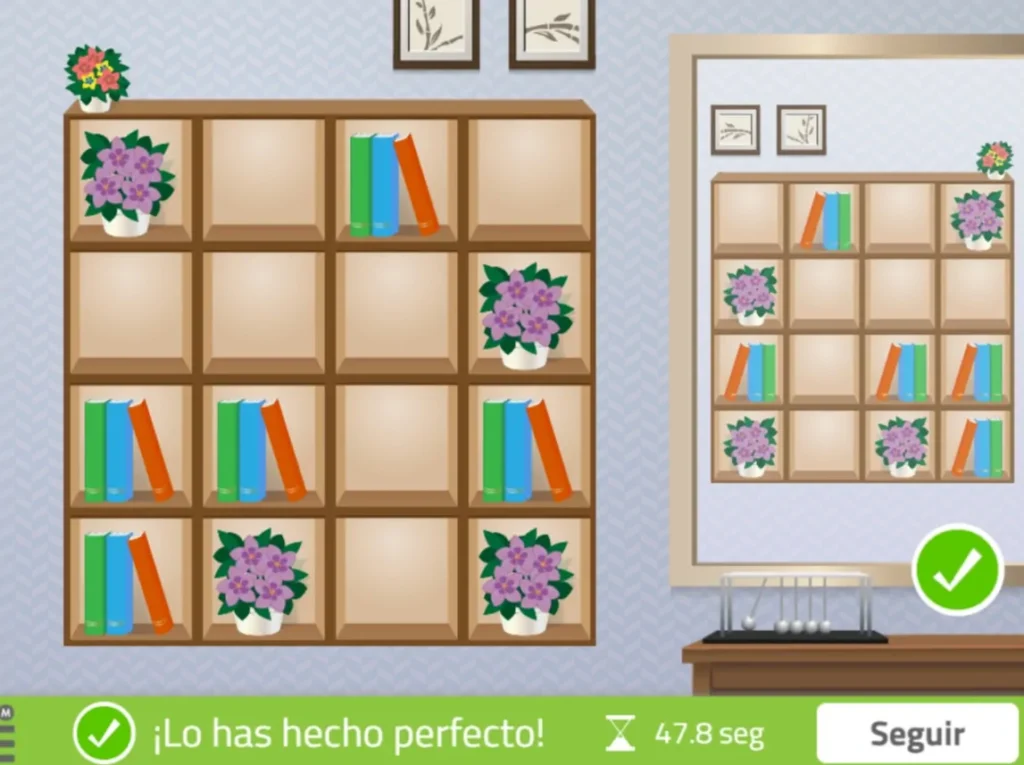
What does this activity target?
This activity is designed to work on the recovery of sustained attention, spatial relationships, selective attention and hemispatial neglect.
Plays by levels
The game is divided into 12 phases. Phase 1 being the easiest and phase 12 the most difficult. The user will move up or down levels automatically according to their correct answers or mistakes.
4. Copy Letter Matrixes
The last activity of the cognitive intervention program for people with Williams syndrome that we propose is Copy Letter Matrixes.
What does it involve?
It is a NeuronUP exercise that consists of copying the content of one matrix to another. Specifically, copying the letters from one matrix to another. It is not mere copying of meaningless symbols, but rather serves for the user to become familiar with the shape of the letters or to reinforce their knowledge of them.
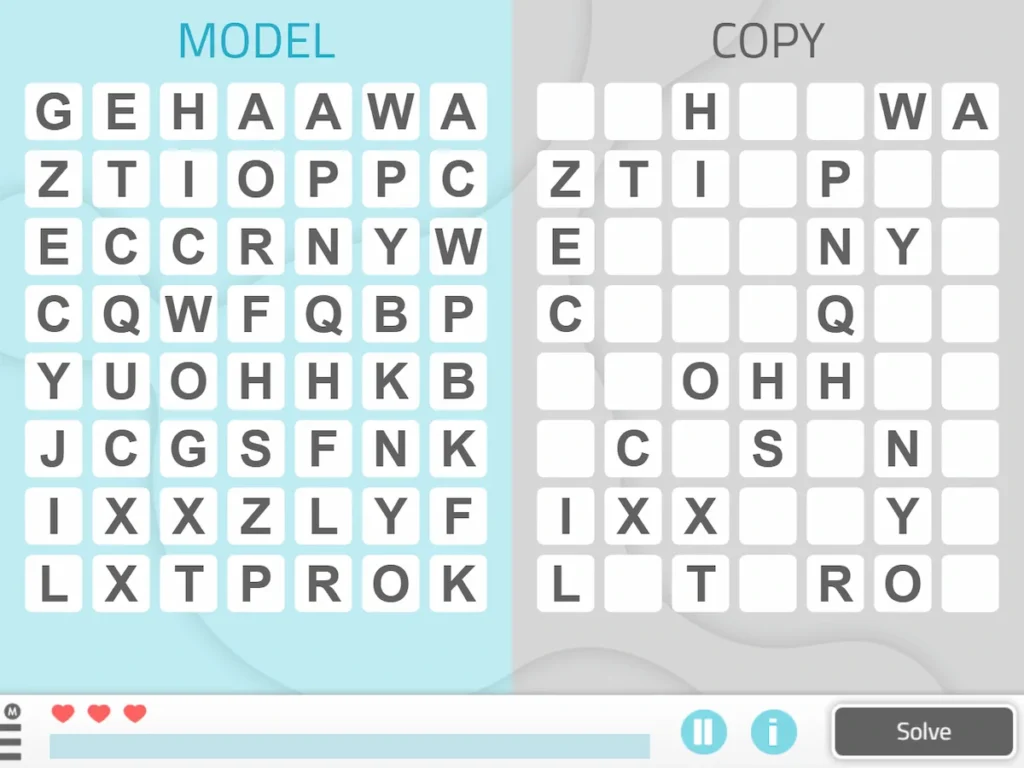
What does this activity target?
It targets sustained attention.
Personalization of the activity
You can adapt the activity to suit the needs of each user. You can edit:
Parameters
- Matrix size,
- number of empty cells,
- different colors.
General aspects
You can also configure general characteristics such as the operation (correction mode or free mode and maximum allowed errors), the maximum time, whether or not you want a visible timer for the activity and an inactivity warning. Additionally, the instructions can be modified.
In addition to Olalla Saiz, the following contributed to the making of this article: Nora Ferreriro, Iria Mancha, Laura Menéndez and Celia Nalda.
If you liked this post about the cognitive intervention program for people with Williams syndrome, we recommend that you take a look at these posts:
“This article has been translated. Link to the original article in Spanish:”
Programa de intervención cognitiva para personas con el Síndrome de Williams
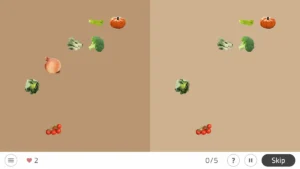
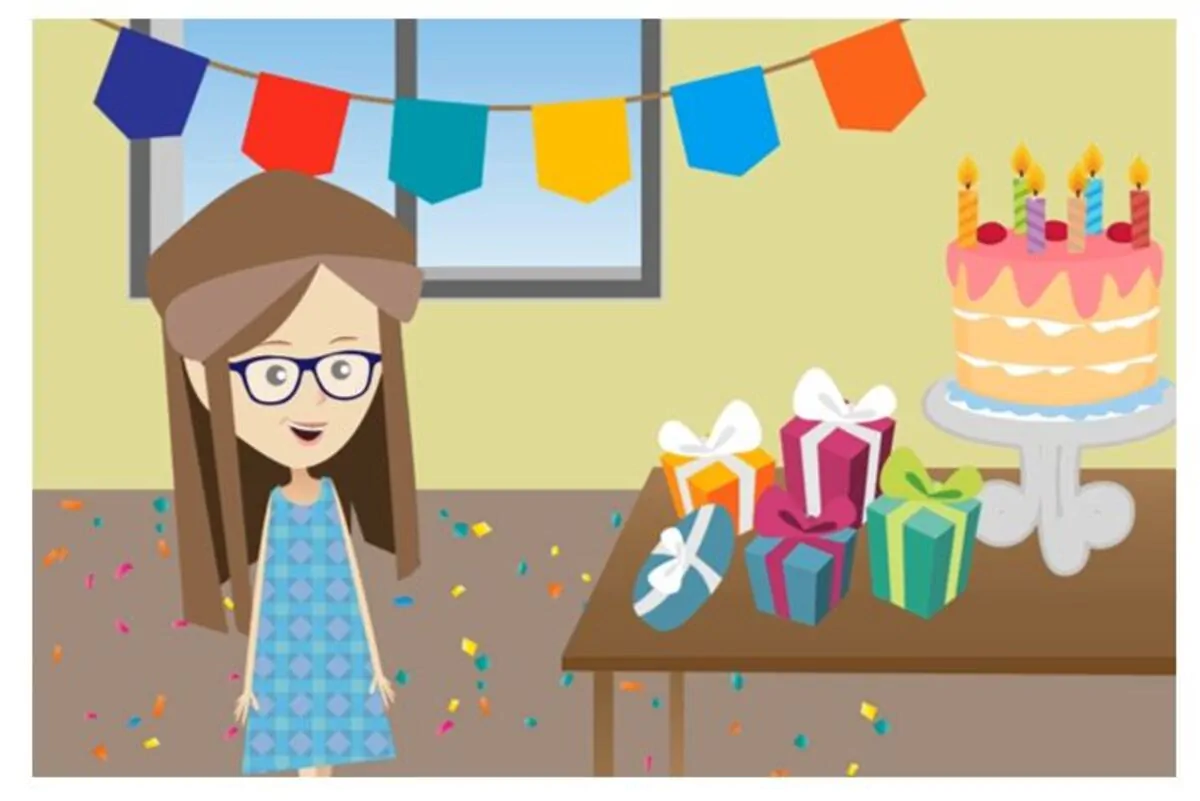


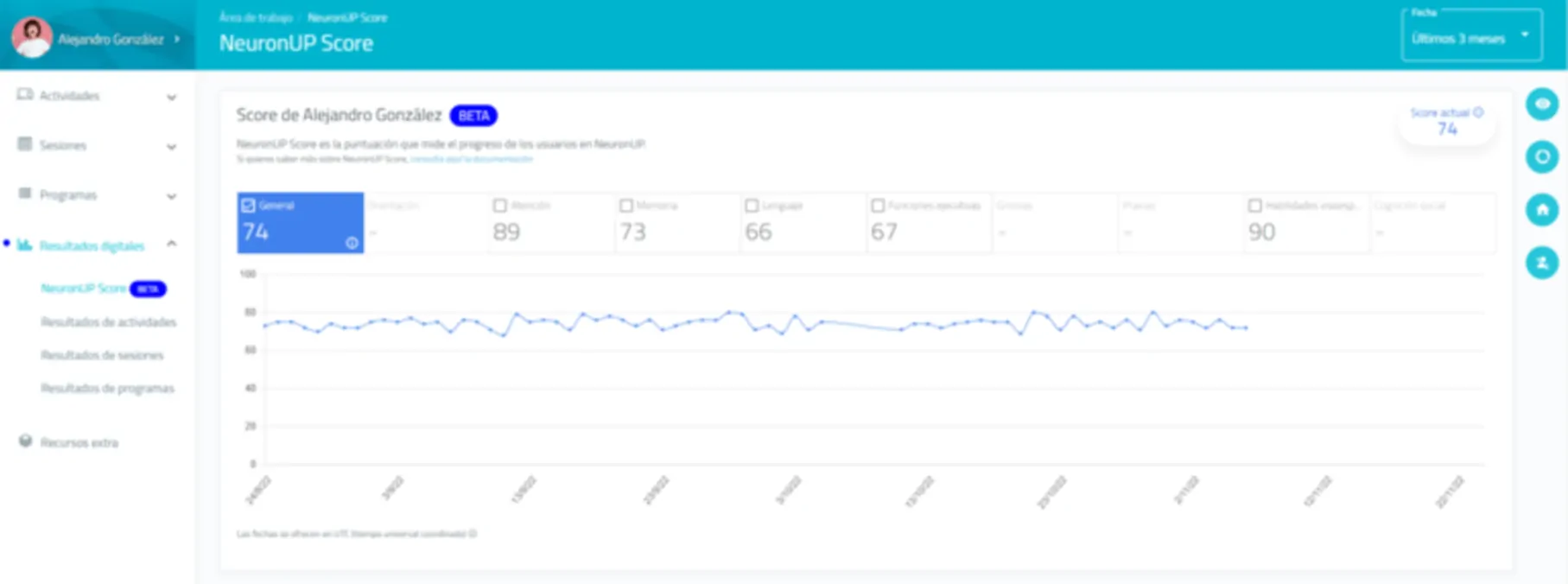
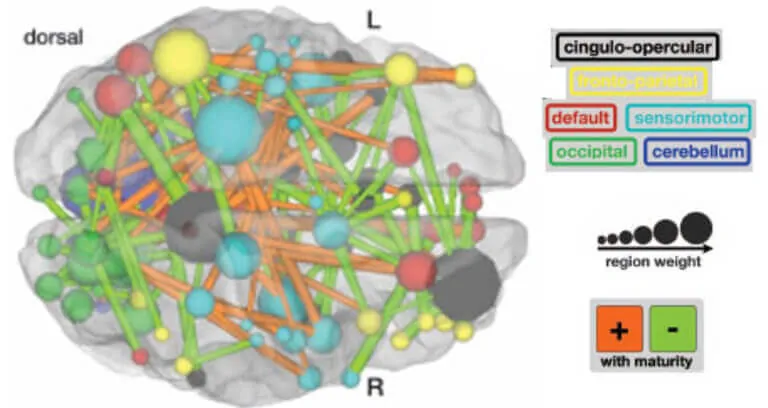
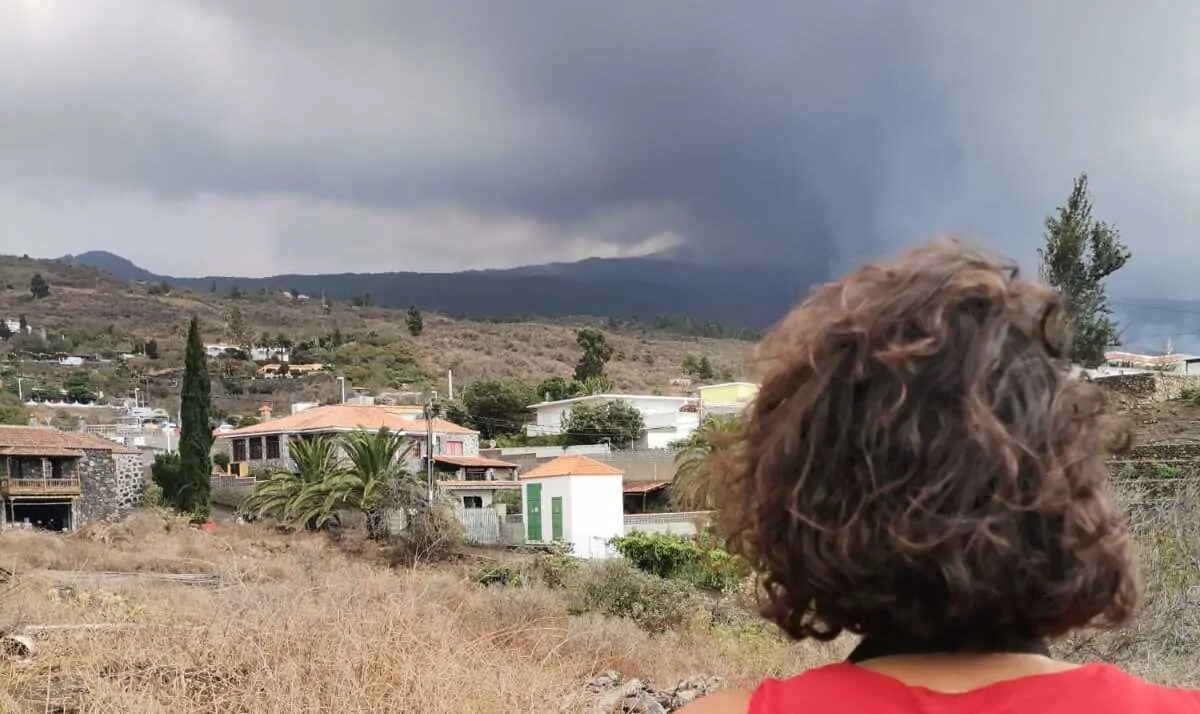
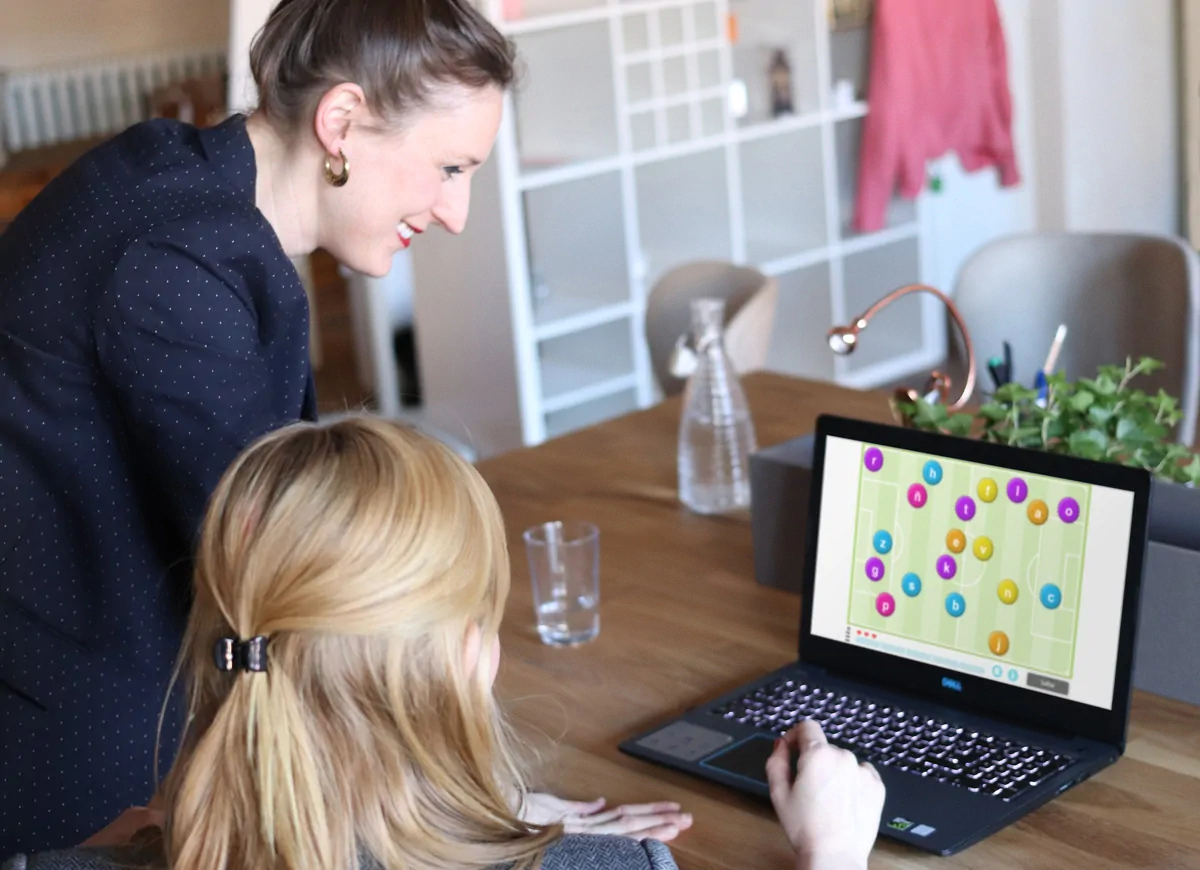 NeuronUP Forecasts Cognitive Decline Risk One Year Earlier
NeuronUP Forecasts Cognitive Decline Risk One Year Earlier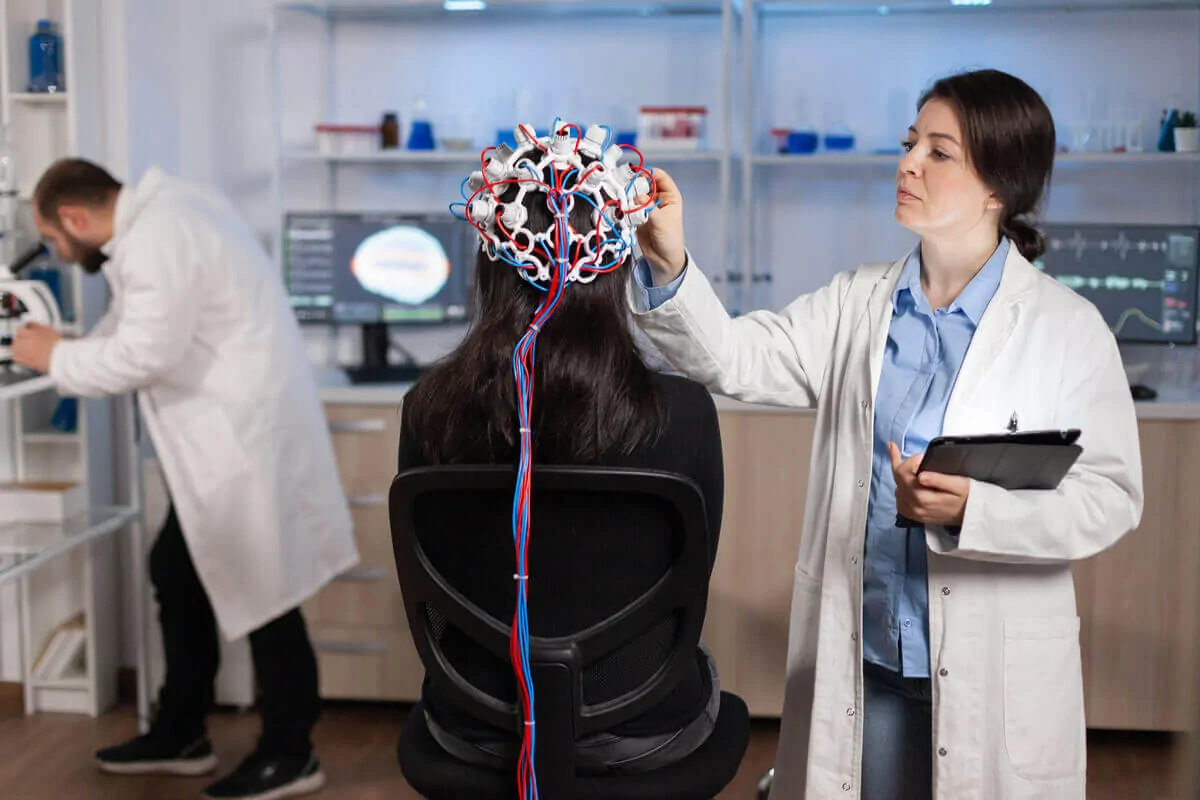
Leave a Reply